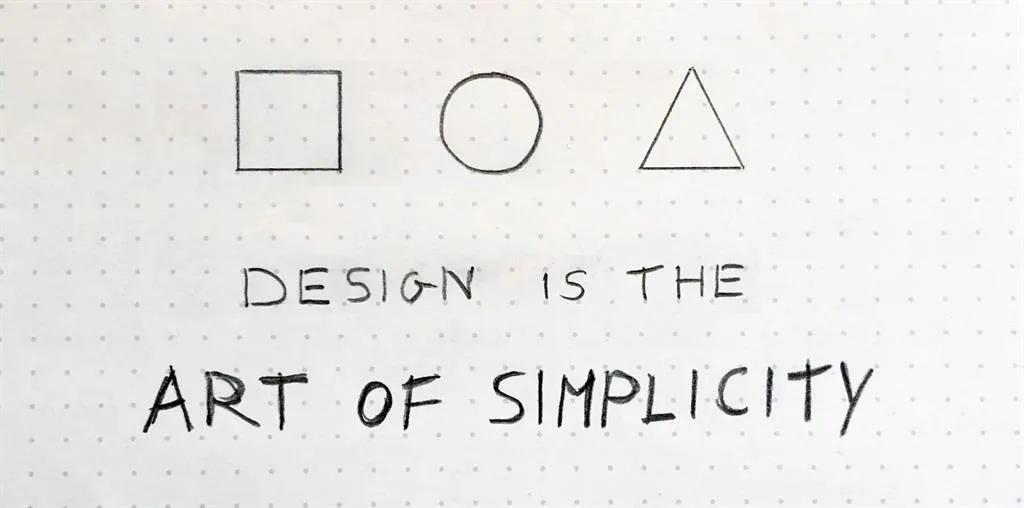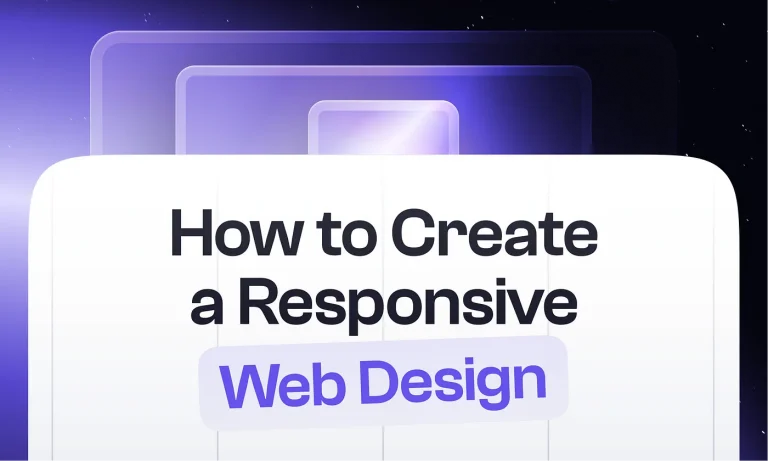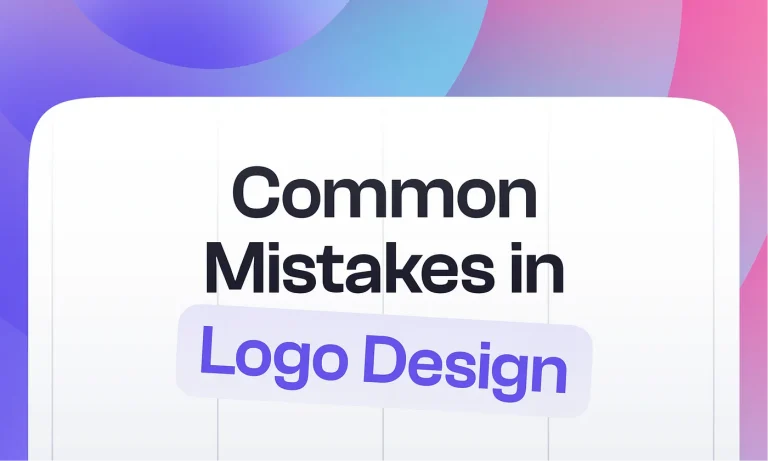The principles of UX/UI are born thanks to the experience, observation, research and advice of specialists in various fields of activity. But at the same time, they are advisory to help you create a truly convenient and functional resource that can satisfy any user.
UX is a convenience study of the interaction between the user and any software product. The UX specialist is working on the structure, navigation and possible scenarios of the “site-user” relationship.
UI is a visual component of any software product: the arrangement of elements, color, font, text, etc. The goal of a UI specialist is to make the project visually pleasing and solve the assigned UX tasks.
And now, let’s figure out what UX/UI principles are characteristic of both components of the design and how to use them correctly together:
1) The KISS principle (keep it simple, stupid)

There is no need to complicate anything. Everything should be simple and clear as possible. There should be a minimum amount of stress and actions required for each user’s task to be accomplished.
2) The user should not think it out

There should not be such situations where the user cannot understand why you have added/used this or that element. Also, complex actions that force users to think should be avoided.
3) The balance of important/unimportant

In every interface, there are important elements (signals) and unimportant or even meaningless for a certain part of the system (noise). Of course, you need to concentrate on signals and avoid noise.
4) Familiar navigation in UX/UI

Any project has navigation elements. It is best to organize navigation in a familiar way for every Internet user. There are always many controls, so it will be better to use simple elements and visual images.
5) Don’t hide the useful

You should not hide anything important about your resource from the user. And the most crucial things need to be highlighted to catch the eye.
6) User’s decisions in UX/Ui

If on your site, the user will face some kind of task that requires his solution, then you need to offer options on how to solve it. The user only has to choose a solution, not invent it. Users need to be offered ways to solve their problems using the interface, and these ways should be obvious.
This does not mean that you should give users full control over your web pages. Too much information can overwhelm inexperienced users. Your website must remain easy to use, no matter how many extra features you provide.

User feedback constantly influences the way your site evolves, if UX design can be boiled down to one principle. For this reason, web designers should strive to interact as closely as possible with their users. By applying these basic UX/UI principles, you will undoubtedly create a design for your web resource that is convenient and attractive to people.
Psss, more exciting topics are coming soon on this platform. Stay tuned!








